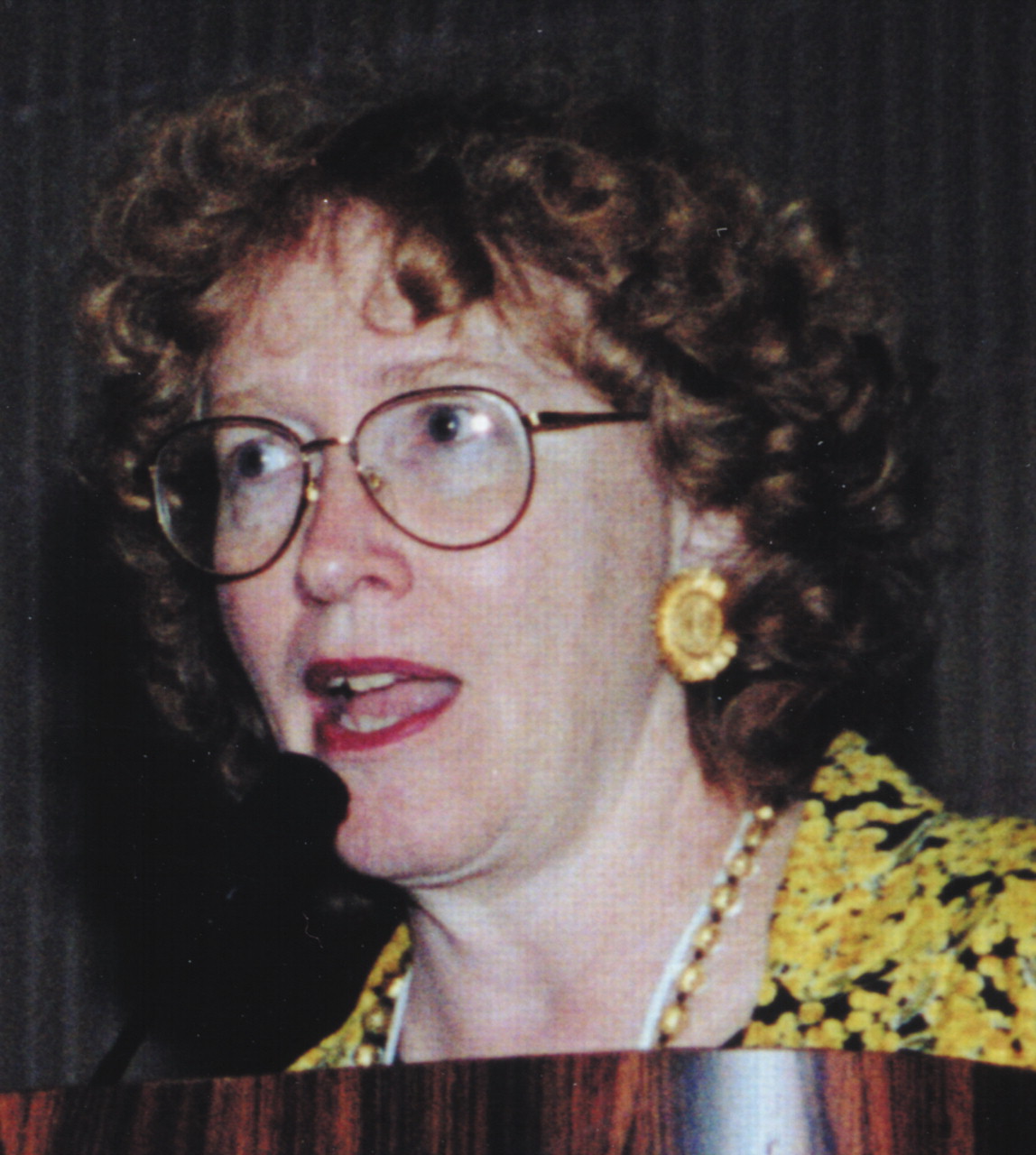Women Psychiatrists Still Battle Freud’s View of Sexes
What do women really want? If that question were asked of Sigmund Freud, the father of psychoanalysis, his answer would have been that they want to be wives and mothers.

Donna Stewart, M.D.: Women psychiatrists tend to be promoted later in their careers than men psychiatrists despite having achieved the same accomplishments.
Freud continued to believe as late as 1925 that the sexes were unequal in position and worth, said Stewart. In his paper “The Psychical Consequences of the Anatomic Distinction Between the Sexes,” Freud wrote, “Women oppose change, receive passively, and add nothing of their own,” said Stewart in a lecture at APA’s 2001 annual meeting in May. Stewart is chair of the APA Committee on Women.
Freud’s “Three Essays on the Theory of Sexuality” published in 1905 mention that women are envious of the “anatomically superior” male penis, thus giving rise to the phrase “penis envy,” said Stewart.
Unfortunately, Freud’s views on women have been shared by some of his contemporaries in academic psychiatry in North America, according to Stewart.
“When I was a psychiatry resident at the University of Toronto in the 1970s, some of my peers asked the hospital chief, who was a psychiatrist, why their stipend was lower than the male residents. The response was they were suffering from penis envy, which could be cured by getting into analysis,” said Stewart.
She discovered in 1997, when she served on the Gender Issues Committee of the Council of Ontario Faculties of Medicine, that women faculty members were paid on average $15,000 less than their male counterparts at all ranks from instructor to full professor. “Sadly, the salary gap remains,” said Stewart.
When she asked university officials for an explanation, their response was, “When women are more qualified and around longer, they will earn the same salaries,” said Stewart.
She noted that similar salary discrepancies have been reported in academic institutions in the U.S., where “recent studies show that on average women are paid 70 percent of men’s salaries,” said Stewart.
Women have not been promoted as frequently or as often as men have, Stewart discovered while recently serving on the University of Toronto’s promotions committee. “Women psychiatrists are typically promoted later in their careers than their male counterparts despite having the same number of grants, publications, and research discoveries,” she said.
“I suspect that men are more assertive than women in promoting their achievements. Modesty may be a virtue, but it certainly doesn’t enhance women’s career development,” said Stewart.
Her experience on numerous academic and hospital search committees in Ontario during the last seven years has revealed the pervasiveness of gender stereotypes that undermine women’s career advancement, she noted.
“I have seen equally qualified men and women candidates being interviewed for high-level positions by a predominantly male search committee and have [the men’s and women’s] remarks interpreted quite differently,” said Stewart.
Organized psychiatry has made some progress in increasing the number of women in leadership positions. APA, for example, has had three women presidents—Carol Nadelson, M.D., Elissa Benedek, M.D., and Mary Jane England, M.D., noted Stewart.
However, more women need to be appointed as committee chairs and nominated for APA office, said Stewart.
“We also need to continue to encourage industry-supported symposia at the annual meetings to have women speakers at each session.”
“Women bring an important perspective and knowledge to our profession. Considering that half of our members-in-training, one-third of practicing psychiatrists, and over half of our patients are women, it is critical that we are represented equitably in psychiatry’s membership, leadership, education, research, theory, and practice, Steward emphasized. “Clearly, this is what women want.” ▪



